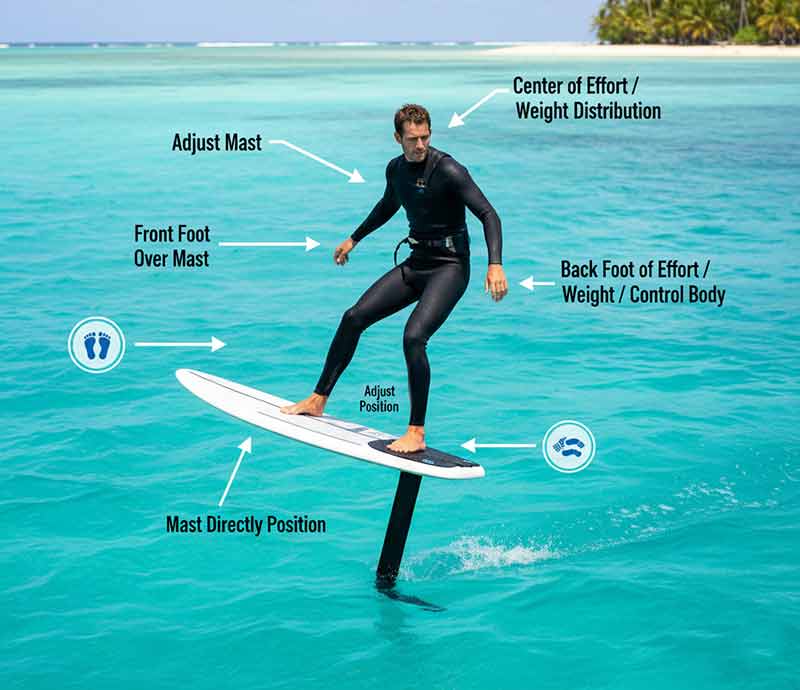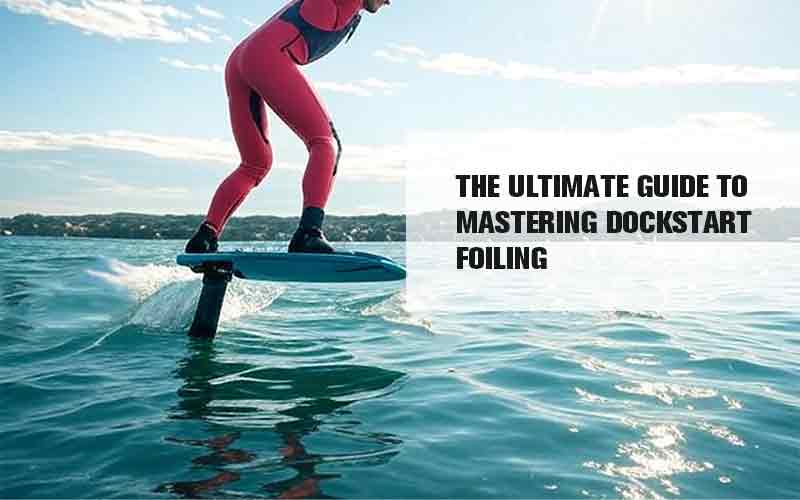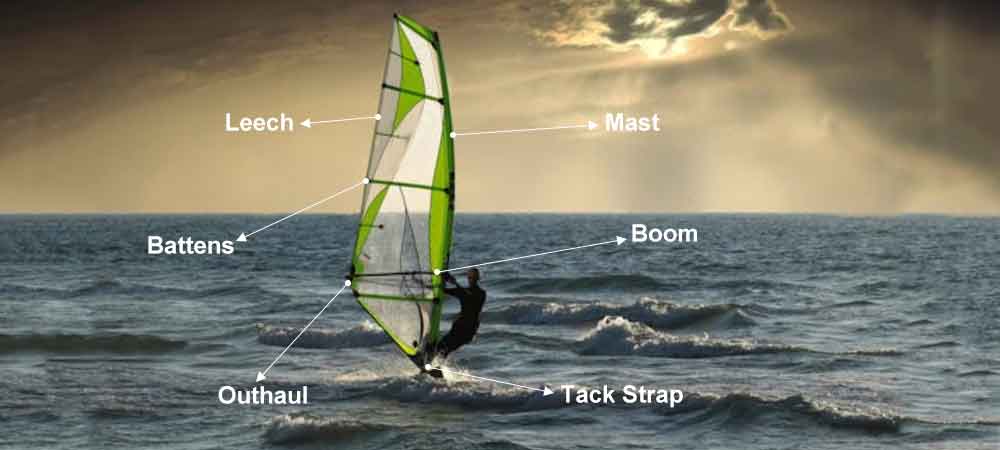The benefits of kayaking are undoubtedly immense. It not only enhances cardiovascular function but also improves coordination and muscle strength. It can even be beneficial for body shaping. This article will not only discuss the benefits of kayaking but also provide a brief introduction to kayaks.
Kayaking is a very ancient and broad concept that dates back to when humans first discovered fire and stone tools. Originally made from leather or hollowed-out tree trunks, kayaks, also known as canoes, are a collective term for both kayaks and canoes. According to historical records, the creators of the canoe were the Eskimos of Greenland, who made them from animal skins and bones, primarily for hunting and fishing. Today, kayaking has evolved into a popular recreational activity.
Unity Sports is a composite manufacturer that produces kayak products, if you are interested, welcome to contact us.
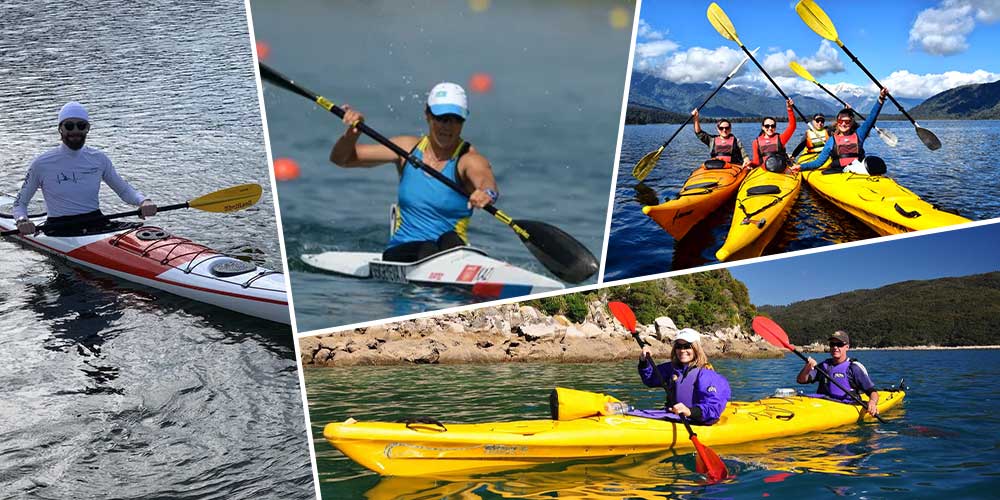
Types of Kayaks
From a material perspective, kayaks can be classified into 3 types. One is the Hard-shell Kayaks, they are durable and abrasion-resistant, they have high impact resistance and are fast. However, they are not very portable and often require roof racks for transportation. The second one is the folding kayaks, these are convenient for transport in vehicles but can be challenging to maneuver in rough waters or the ocean, and their higher hulls can be affected by wind. The last one is the inflatable kayaks, known for their lightweight and portability, they have shorter endurance, slower speeds, require more effort to paddle, and have lower impact resistance, posing a relatively higher risk.
Meanwhile, on the other side classify the kayak from a usage perspective, which are versatile small boats designed for various water activities, categorized as follows:
- Recreational Kayaks: Ideal for beginners and casual outings, stable and easy to maneuver.
- Touring Kayaks: Designed for long-distance travel with increased speed and storage.
- Whitewater Kayaks: Built for fast-flowing waters, requiring advanced skills.
- Sea Kayaks: Optimized for ocean use, offering better wind resistance.
- Racing Kayaks: Lightweight and streamlined for speed.
- Fishing Kayaks: Equipped with features for fishing, stable for great fishing experiences.
So, choosing the right kayak depends on your skill level and the types of activities you plan to undertake.
Benefits of Kayaking
1. Regulation of Cardiovascular Function:
Kayaking is an outdoor sport that tests speed and endurance. The benefits of kayaking can promote cardiovascular regulation if you regularly participate in it. It can increase lung capacity, and enhance overall muscle strength and endurance, making it a great fitness activity.
Coordination Development:
Kayaking is not just a recreational activity; it’s a powerful workout that significantly benefits of kayaking cardiovascular health. As an outdoor sport that tests both speed and endurance, it engages multiple muscle groups and elevates the heart rate, providing an effective cardiovascular workout.
Cardiovascular Benefits Of Kayaking
Heart Health: Regular kayaking strengthens the heart muscle, improving its efficiency. As you paddle, your heart pumps more blood to meet the increased oxygen demand, which can lower resting heart rates and reduce the risk of heart disease.
Enhanced Circulation: The rhythmic motion of the benefits of kayaking promotes better blood circulation. Improved circulation ensures that oxygen and nutrients are efficiently delivered to muscles, enhancing overall performance and recovery.
Lung Capacity Improvement: Kayaking requires controlled breathing, especially during intense paddling. This practice helps expand lung capacity and improves respiratory efficiency, allowing for better oxygen intake and utilization during physical activities.
Weight Management: Kayaking is a calorie-burning activity that can aid in weight management. Maintaining a healthy weight reduces the strain on the cardiovascular system, lowering the risk of hypertension and other heart-related issues.
Building Endurance and Strength
Muscle Engagement: Kayaking works out various muscle groups, including the core, arms, shoulders, and back. This full-body engagement not only builds muscle strength but also supports cardiovascular function by enhancing endurance. Stronger muscles can perform more efficiently, reducing fatigue during prolonged activities.
Interval Training Potential: Kayaking can be adapted for interval training by varying speed and intensity. Alternating between fast-paced paddling and slower, steady strokes mimics high-intensity interval training (HIIT), which is known to boost cardiovascular health and fitness levels.
According to the American Heart Association, one of the benefits of kayaking can improve heart health and reduce cardiovascular disease risk.
2. Enhancing Coordination
One of the benefits of kayaking is that significantly improves body coordination. The intricate movement involved in paddling requires the effective engagement of various muscle groups, particularly around the waist, pelvis, and hip joints. As paddlers stroke, they must harness the power generated from their core to translate it through their arms and into the paddle, creating a fluid and rhythmic motion.
The Benefits of Kayaking for Mechanics Coordination
- Core Engagement: The core muscles play a pivotal role in kayaking, as they stabilize the body and allow for efficient energy transfer. Strong core engagement helps maintain balance and control, especially in unpredictable water conditions.
- Hip Rotation: The rotation of the hips is essential for effective paddling. As paddlers pivot their hips, they create a powerful stroke that utilizes the back and shoulder muscles. This movement not only enhances strength but also fosters better coordination between the upper and lower body.
- Dynamic Balance: Kayaking often presents challenges such as waves and currents that require quick adjustments. Paddlers must maintain dynamic balance to keep the kayak stable and on course. This constant need for balance sharpens proprioception—the awareness of body position in space—further improving overall coordination.
Benefits of Kayaking of Improved Coordination
- Enhanced Performance: The benefits of kayaking improved coordination lead to more efficient paddling, allowing kayakers to cover greater distances with less effort. As paddlers become more skilled, they can navigate more complex water environments, enhancing their overall kayaking experience.
- Injury Prevention: A well-coordinated body is less prone to injuries. By developing strength and balance through kayaking, participants strengthen stabilizing muscles that support the joints, reducing the risk of strains or sprains.
- Functional Movement Skills: The coordination developed in the benefits of kayaking translates to other physical activities. Whether it’s sports, dance, or everyday tasks, improved coordination enhances overall physical performance and agility.
3. Effective Back Muscle Exercise:
Kayaking is an excellent way to strengthen the upper back muscles, which is particularly beneficial for individuals with a slender build who may have prominent shoulder blades. Weak upper back muscles can lead to posture issues, such as slouching, and contribute to spinal discomfort. Regularly engaging in kayaking not only targets these muscles but also promotes overall muscular balance. Which is one of many benefits of kayaking.
Benefits for Back Muscles
- Strengthening Key Muscles: Kayaking primarily engages the latissimus dorsi, rhomboids, and trapezius muscles. These muscles work together to stabilize the shoulders and support proper posture, helping to create a more aesthetically pleasing, flat back.
- Improving Posture: The repetitive paddling motion encourages the back muscles to engage and strengthen, which can counteract the tendency to hunch forward. So, the benefits of kayaking improve posture not only enhances physical appearance but also reduces the risk of back pain and discomfort.
- Enhancing Flexibility: The dynamic movements involved in kayaking require a range of motion from the shoulders and spine. This helps maintain and improve flexibility, which is essential for overall back health and injury prevention.
- Balancing Muscle Development: The benefits of kayaking promote the development of opposing muscle groups. Strengthening the back through paddling can help balance the effects of activities that involve prolonged sitting or forward bending, further supporting a healthy spine.
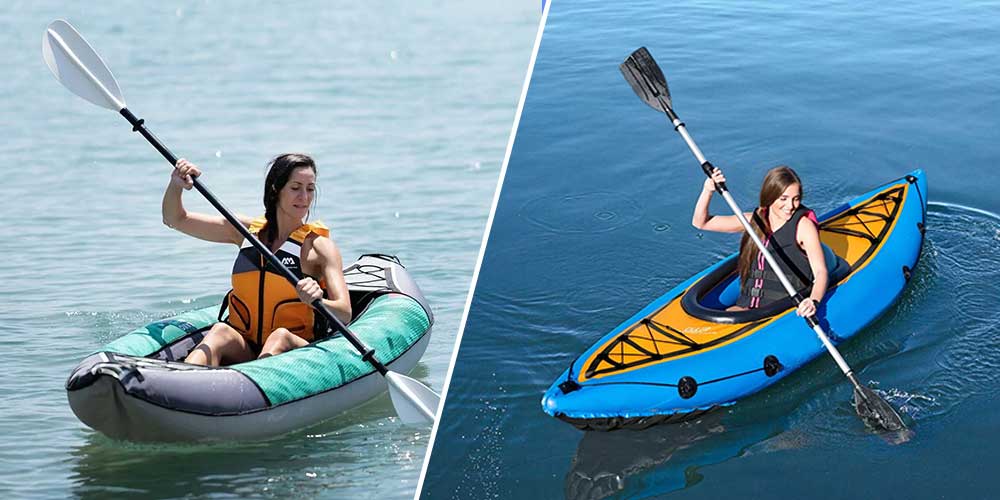
4. Enhancing Focus & Concentration:
Kayaking is more than just a physical workout; there has one of the benefits of kayaking is a mental exercise that significantly enhances focus and concentration. The sport demands a seamless integration of strength and technique, requiring paddlers to be fully engaged in their movements.
The Benefits of Kayaking in Mental Aspects
- Mind-Body Connection: Kayaking requires participants to synchronize their physical efforts with their mental focus. Each stroke involves coordinating arm and body movements, which encourages mindfulness and heightens awareness of one’s surroundings and bodily mechanics.
- Rhythmic Control: Paddlers must develop a rhythmic cadence while kayaking. This rhythm helps maintain a steady pace and requires participants to concentrate on their movements, fostering a deeper connection between mind and body. As they paddle, they learn to focus on the flow of water and the timing of their strokes.
- Adaptability to Conditions: Kayakers often face varying water conditions, from calm lakes to turbulent rivers. Successfully navigating these challenges requires acute concentration and quick decision-making skills. This adaptability builds mental resilience and enhances cognitive functions.
- Endurance and Focus: Kayaking is an endurance sport, and maintaining focus over longer periods can be challenging. Participants learn to manage their energy and stay mentally engaged, which translates to improved focus not just on the water but in daily life as well.
Benefits of Bayaking Beyond the Water
- Stress Relief: The combination of physical activity and immersion in nature contributes to stress reduction. Lower stress levels lead to improved concentration and mental clarity.
- Increased Productivity: The enhanced focus gained from kayaking can carry over into other areas of life, improving productivity at work or in personal projects. Participants often find that their ability to concentrate on tasks improves after regular kayaking sessions.
5. Improving Adaptability:
The benefits of kayaking is a dynamic sport that presents numerous challenges, such as navigating rapids, sharp turns, and obstacles like large rocks. These unpredictable conditions serve as excellent opportunities to enhance adaptability, a crucial skill both on and off the water.
Developing Adaptability
- Quick Decision-Making: Kayakers often face unexpected scenarios that require rapid assessment and response. Whether it’s choosing a different route around a rock or adjusting paddling techniques in fast-moving water, participants learn to think quickly and make effective decisions under pressure.
- Staying Calm Under Pressure: The ability to remain calm during challenging situations is vital in kayaking. Experienced paddlers develop techniques to manage stress and anxiety, allowing them to maintain focus and execute their plans effectively, regardless of the obstacles they encounter.
- Problem-Solving Skills: Navigating tricky waters necessitates creative problem-solving. Kayakers learn to analyze their surroundings, anticipate potential challenges, and develop strategies to overcome them. This problem-solving mindset can be applied to various aspects of life, enhancing overall adaptability.
- Physical and Mental Flexibility: The sport requires both physical and mental flexibility. Physically, kayakers must adjust their techniques based on the conditions, while mentally, they must shift their focus and strategies as circumstances change. This dual flexibility fosters a well-rounded adaptability that is beneficial in many situations.
Beyond Benefits of Kayaking
- Increased Resilience: Regularly facing and overcoming challenges in kayaking builds resilience. This quality is essential for navigating life’s uncertainties, helping individuals cope with stress and bounce back from setbacks more effectively.
- Enhanced Confidence: Successfully managing unexpected situations in kayaking boosts self-confidence. As paddlers become more adept at handling challenges on the water, they often feel more empowered to face difficulties in their everyday lives.
6. Fostering Teamwork Skills:
The benefits of kayaking are not just an individual sport; it often involves teamwork, especially in tandem or group paddling activities. When two or more paddlers work together, they must synchronize their movements and collaborate effectively to maintain a steady and efficient pace. This cooperative dynamic fosters essential teamwork skills.
The Dynamics of Teamwork in Kayaking
- Synchronized Movements: Successful kayaking in pairs or groups requires paddlers to coordinate their strokes and timing. This synchronization enhances communication skills and helps participants develop a shared rhythm, which is vital for efficient navigation.
- Clear Communication: Effective teamwork hinges on good communication. Paddlers must communicate their intentions, whether it’s adjusting speed, navigating obstacles, or making turns. This constant exchange of information builds trust and ensures that everyone is on the same page.
- Shared Goals: In a kayaking team, all participants work toward common objectives, such as reaching a destination or completing a challenging course. This shared sense of purpose fosters camaraderie and motivates paddlers to support each other, enhancing the overall experience.
- Problem-Solving as a Team: Kayaking often presents challenges that require collaborative problem-solving. When faced with obstacles like strong currents or tight turns, teams must discuss strategies and make quick decisions together, strengthening their ability to work as a cohesive unit.
So, this is also one of the benefits of kayaking sport you may not observe.
Benefits of Kayaking Beyond the Water
- Building Trust and Respect: Working closely with others in a kayaking environment helps build mutual trust and respect among team members. These relationships can extend beyond the water, positively influencing social interactions in daily life.
- Conflict Resolution: In any team setting, conflicts may arise. Kayaking encourages participants to address and resolve disagreements constructively, honing their conflict-resolution skills, which are valuable in various aspects of life.
- Enhanced Social Skills: Kayaking with others provides an opportunity to socialize and connect with teammates. This interaction fosters strong interpersonal skills, helping individuals become more effective collaborators in other group settings.
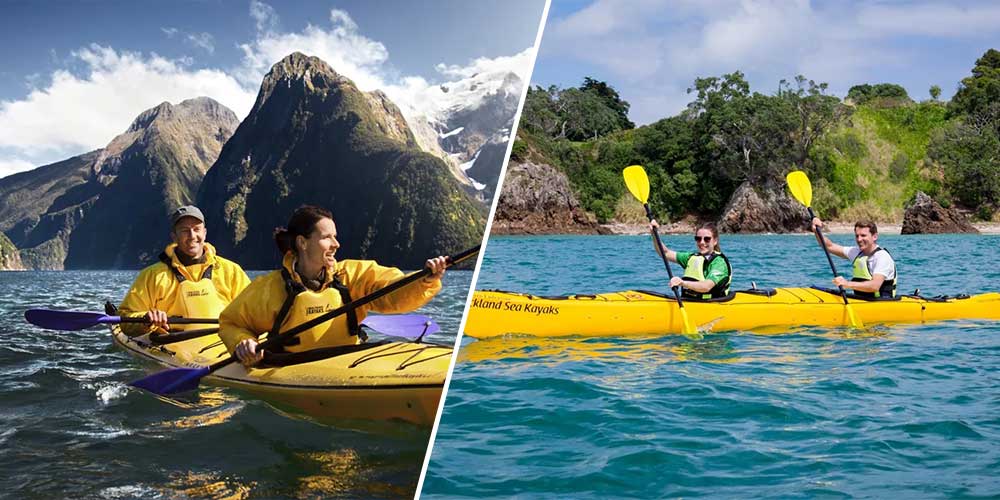
The Joy of Kayaking
Kayaking is not just a sport; it’s also an enjoyable outdoor activity suitable for everyone, particularly enhancing balance and coordination. One of the key features of kayaking is the ability to explore unseen landscapes, allowing paddlers to access unique sights like islands, caves, and wildlife that are not visible from land.
On the water, you can experience the vastness of the world without traffic, noise, crowds, or pollution—just fresh air and nature. Given that over 70% of the Earth’s surface is water, kayaking offers a unique perspective. Additionally, each kayaker controls their direction and speed, which boosts self-confidence and independence. During training or competitions, team paddling encourages mutual support and collaboration, further cultivating team spirit.
As society evolves and living standards rise, the pursuit of nature and adventure has become fashionable. The environmentally friendly, healthy, and trendy nature of kayaking has garnered recognition worldwide, especially among young people who are passionate about outdoor activities.

Conclusion
In summary, the benefits of kayaking extend far beyond the physical. It significantly enhances cardiovascular function, improves coordination and muscle strength, and aids in body shaping, making it an excellent fitness activity for individuals of all skill levels. The sport’s rich history, originating from ancient practices, has evolved into a popular recreational pursuit that allows participants to connect with nature and experience unique landscapes.
Kayaking also fosters essential life skills, such as adaptability, focus, and teamwork. As paddlers navigate various water conditions, they develop resilience and quick decision-making abilities, which are invaluable in daily life. Additionally, the collaborative aspect of tandem kayaking cultivates communication and social skills, enhancing participants’ ability to work effectively with others.
Ultimately, kayaking is not just a sport but a holistic experience that promotes physical fitness, mental well-being, and social connections. Its environmentally friendly and accessible nature makes it a favored choice for those seeking both adventure and tranquility in the great outdoors. As more people discover the joys and benefits of kayaking, it continues to inspire a growing community of outdoor enthusiasts.


